Paying quarterly estimated taxes is a key responsibility for self-employed individuals, business owners, and taxpayers with income not subject to withholding. Failure to pay enough throughout the year can lead to IRS notices such as CP30, which indicate a penalty for underpayment. Fortunately, there are several strategies taxpayers can use to avoid penalties and stay compliant with IRS rules.
One common approach is relying on the Safe Harbor Rules. Taxpayers can base their quarterly estimated payments on 100% of the prior year’s tax liability (110% for high-income individuals) or 90% of the current year’s liability—whichever is lower. Even if income increases substantially during the year, this method protects against penalties.
For those with seasonal or irregular income, the Annualized Income Method may offer a better match between when income is earned and when taxes are paid. This method adjusts payment calculations each quarter to reflect actual income received, helping to avoid overpaying early in the year or underpaying later.
Another option is to increase withholding from wages or other payments. Unlike estimated payments, withholding is treated as if it were paid evenly throughout the year. This can be particularly useful in the final months of the year to make up for earlier underpayments and still avoid a penalty.
Taxpayers who realize they’ve underpaid in prior quarters can make catch-up payments at any time. The IRS doesn’t require waiting until the next estimated due date, allowing taxpayers to proactively correct the shortfall and reduce or eliminate penalties.
Retirees or others taking distributions from IRAs may benefit from the IRA Withholding Strategy. By having taxes withheld from an IRA distribution, the IRS treats those taxes as if they were paid evenly throughout the year—providing a useful workaround for those facing estimated payment gaps.
Finally, for the fourth quarter, it’s possible to avoid underpayment penalties by filing the tax return and paying the full balance due by January 31 of the following year. This option is particularly helpful for taxpayers who missed earlier payments or had income spikes late in the year.
By implementing one or more of these strategies, taxpayers can better align their payments with their earnings and minimize the risk of IRS penalties. Taxpayers with complex income or inconsistent cash flow should consult a tax advisor to determine which estimated tax strategy best suits their situation.
Key Summary Points:
- Safe Harbor Rules protect against penalties when paying based on prior year’s tax liability (100% or 110%) or 90% of current year.
- Annualized Income Method benefits those with fluctuating income by matching payments to actual earnings.
- Increasing Withholding from wages or payments helps evenly spread payments throughout the year.
- Catch-up Payments can be made anytime to correct underpayment from earlier quarters.
- IRA Withholding Strategy allows tax withholding on distributions to count as if paid evenly across the year.
- Filing and Paying by January 31 avoids Q4 underpayment penalties when full tax is paid by that date.
Taxpayers with complex income or inconsistent cash flow should consult a tax advisor to determine which estimated tax strategy best suits their situation.

